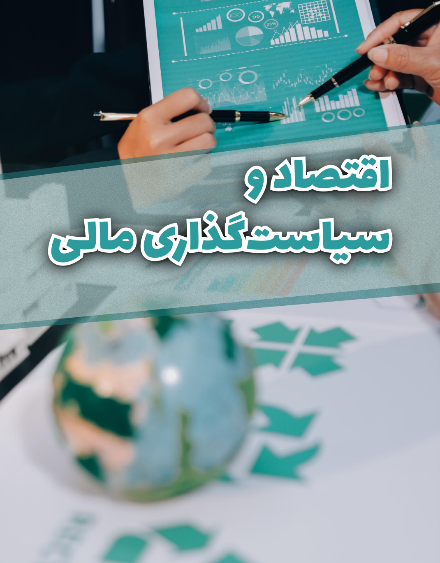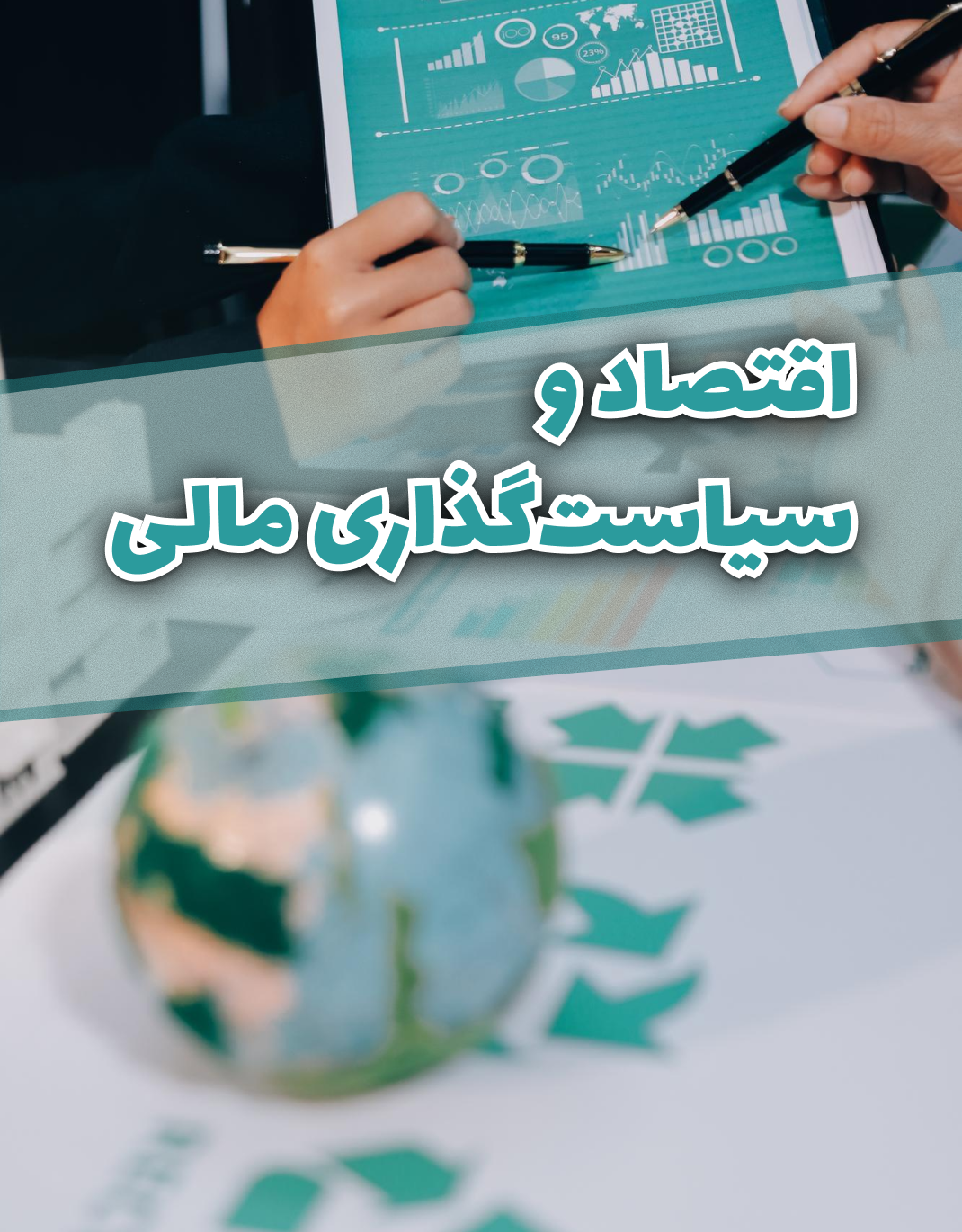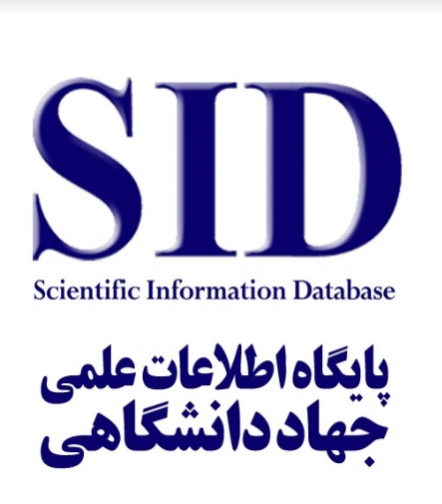Architecture and Structural Reform of the National Banking System to Reduce Imbalance and Strengthen Financial Resources
Keywords:
Banking system, investment company, historical-institutional analysis, structural reform, monetary and banking lawAbstract
An analysis of the banking system indicates that in recent years, the imbalance situation in some banks has worsened, such that, according to statistics published by the Central Bank, a significant portion of the increase in the monetary base, liquidity, and inflation has resulted from this intensification of imbalances in banks, and the continuation of the current situation is highly dangerous. A review of the banking literature shows that banks worldwide, alongside attracting public deposits, also engage in money creation, and these attracted or created resources are provided as loans to the private sector. The private sector, in turn, utilizes the resources obtained from banks for investment and enterprise operations. However, in Iran’s economy, the banking system, under a uniform monetary and banking framework, performs two different roles: that of a bank and that of an investment company. Weaknesses in the country’s monetary and banking laws—particularly Article 8 of the Law on Usury-Free Banking—have allowed banks to directly engage in investment. In other words, in Iran, the two entities of investment companies and banks have been merged. Exploiting this institutional (legal) weakness and the legal authority they possess to invest directly, banks have engaged in money creation and deposit mobilization, subsequently investing in various sectors and engaging in enterprise operations. Given that banks lack sufficient expertise in enterprise operations, first, they have invested public deposits in projects that have ultimately led to deadlock and resource freeze. Second, due to conflicts of interest, banks have viewed the private sector as a competitor and consequently have not extended the necessary loans to finance this sector. Therefore, the challenge of the banking system in Iran’s economy stems from the fact that the banking system’s structure was fundamentally formed in a defective manner and requires structural and institutional reforms and the adoption of tough decisions to return to the correct path. The present article seeks, based on historical-institutional analysis, content analysis, and pathology of the national banking system’s structure, to design and explain an evolutionary transition model from the current situation to the desired state, and to develop the architecture and structural reform of the banking system to reduce imbalance and strengthen the financing capacity of the private sector.
Downloads
References
Aghababai, R., & Motavasseli, M. (2006). Pathology of Iran’s banking system from the perspective of institutionalism. Economic Research (Tahghighat-e Eghtesadi).
Aghababai, R., & Motavasseli, M. (2006). Pathology of Iran’s banking system from the perspective of institutionalism. Economic Research Journal (Tahghighat-e Eghtesadi).
Ahmad, Z. (1989, June). The course of Islamic banking. Islamic Banking Journal, 1, 111.
Aljafari, Y. A. (2001). Investment and intermediation in the Islamic economy. King Abdulaziz University Journal: Islamic Economics, 13, 83–89.
Alsuwailim, S. I. (1998). Financial intermediation in the Islamic economy. King Abdulaziz University Journal: Islamic Economics, 10. Riyadh: Al Rajhi Banking Corporation Studies Center.
Amini, H., & Raeis Safari, M. (2005). Efficiency of commercial banks in Iran and institutional factors affecting it. Economic Studies (Jostarhaye Eghtesadi).
Aqababai, R., & Motavasseli, M. (2006). Pathology of Iran’s banking system from the perspective of institutionalism. Economic Research Journal.
Abbaszadeh, H. (2012). Analytical approach to the challenges of Islamic banking in the country’s banking system.
Abdollahi, M., & Mousavian, S. A. (2013). Explaining the problems of implementing banking contracts in the country: An approach to realizing a resistance economy. Improvement of Management, 7.
Aliizadeh Hatkani, H. (2018). Islamic banking and the challenges facing its development. Proceedings of the 5th National Conference on Applied Research in Management and Accounting, Tehran, Iran: Iranian Management Association.
Ayuzlu, H. (2008). New instruments in the Islamic banking system: Challenges and obstacles. Sobh-e Iran Newspaper, 5883.
Daadgar, Y. (2004). Capacities and challenges of implementing Islamic economics. Economic Review Quarterly, 3.
Farahani Fard, S. (2004). Challenges of Islamic banking. Islamic Economics (Eghtesad-e Eslami).
Faraji, A. (2001). Islamic banking: Problems and opportunities ahead. Pegah Hozeh, 22.
Haddavi Tehrani, M. (1999). School and economic system of Islam.
Hedayati, S. A. (2007). The new model of Islamic banking under critique.
Jafari Seresht, D., & Dalvandi, H. (2018). The main current challenges and problems of Islamic banking in Iran. Proceedings of the 3rd International Conference on Management, Accounting, Economics and Social Sciences, Hamedan, Iran.
Khavari, M. R. (2011). Upcoming developments in the country’s banking system: Toward Islamic banking. Islamic Banking Special Issue.
Majtahed, A., & Hassanzadeh, A. (2005). Money, banking, and financial institutions.
Maqhami, M. J., Bakhtiari, A., & Golvani, E. (2016). The share of human and managerial factors in banks’ failure to adhere to Islamic banking and suggestions for reform.
Mirjalili, S. H. (1993). The process of formation and evolution of interest-free banking in the Islamic Republic of Iran. Ravand Journal, Spring–Summer 1993.
Motahhari, M. (1993). The issue of usury with an annex on insurance. Tehran: Sadra.
Mousavian, S. A. (1999). Islamic banking. Tehran: Monetary and Banking Research Institute.
Mousavian, S. A. (2006). Interest-free banking from the perspective of Martyr Sadr. Islamic Economics Quarterly, 21.
Noorbakhsh, M. (2001). Islamic banking and the banking system. Economics News (Tazehaye Eghtesad), 53.
Razavi, M. (2014). Islamic banking in Iran: History, performance, and planning. Tehran: Higher Institute of Banking Education of Iran.
Razavi, M., & Saeedi, A. (2016). Modeling the obstacles to implementing Islamic banking in Iran. Proceedings of the International Conference on Applied Research in Management and Accounting.
Sam Deliri, Y. (2001). A look at the problems and deficiencies of the banking system in Iran. Bank and Economy, 14.
Sadr, S. M. B. (2009). Interest-free banking. Tehran: Farhang-e Sabz Publishing.
Shakeri, A., Mowrezi, R. A., & Zolfaghari, A. A. (2018). Bridging the gap between theory and practice in Islamic banking: A model for better implementation of partnership contracts. Economic Strategy.
Talebi, M., & Kiani, H. (2012). Identifying the challenges of using partnership contracts in the Islamic banking system of the Islamic Republic of Iran. Islamic Financial Research, 1(2), 37–55.
Downloads
Published
Submitted
Revised
Accepted
Issue
Section
License

This work is licensed under a Creative Commons Attribution-NonCommercial 4.0 International License.


